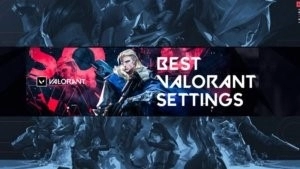Welcome to our guide to NFT staking. You’ll probably know that NFTs are massive news at the moment and so we’re here to show you how NFT staking has the potential to help anyone earn a decent passive income from their digital investment. Keep reading to see what NFT staking is.
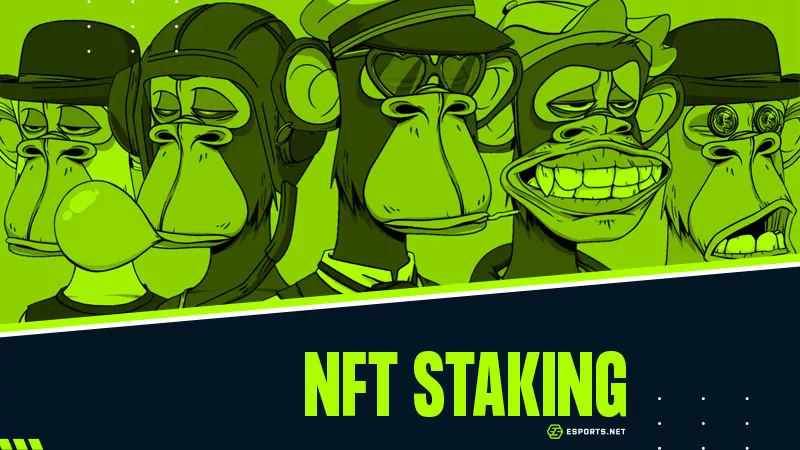
NFT staking explained in simple terms
So what is NFT staking? Simply put, it is where you keep an NFT digital asset on a blockchain and hope that its value builds up interest over time. You would get rewards as a result of having kept your NFT on that particular blockchain. These rewards are often that protocol’s own native coin or they also are NFTs.
So if you got an NFT from a crypto game, your ownership would be logged on a blockchain. By holding on to the NFT and not selling it to anyone else, you would hope that it becomes more valuable than when you first got it. The decentralised finance protocol would therefore reward you for keeping your proof of stake on its platform. As such it’s different from NFT trading that would see you selling your NFTs.
Thankfully it’s pretty easy to get started with NFT staking as you just need to download a crypto wallet like MetaMask and then you could pick up those NFTs from crypto games that basically let you earn digital assets through your gameplay. Just remember that not every NFT can be staked, and so you’ll need to check with the decentralised finance protocol first.
Where can you try NFT staking?
NFT staking is something that goes hand-in-hand with play-to-earn (P2E) games like Decentraland, Sandbox and Axie Infinity. You can check out the P2E meaning here, but it basically means that by playing a crypto game, you could get rewarded with NFTs which can then be traded for real-world value.
Zookeeper and Mobox are two of the most prominent P2E platforms where you can enjoy NFT staking. However, other decentralised finance protocols where NFTs can be staked include Kira Network, Onessus, Splinterlands, Only1 and NFTX.
We should note that as well as the NFT marketplace found in our Binance review, the platform lets you get Binance Fan Token rewards for being the holder in specific NFT tokens for sports teams and much more. As such this can be seen as a form of NFT staking.
Why it pays to try NFT staking
Simply put, people get involved with NFT staking as it gives them a profit with very little effort involved. This is because the rewards that you get for staking could either be fungible tokens such as cryptocurrencies that you could trade for something else, or more NFTs that you can choose to trade or maybe even stake. The new NFTs earned through staking will often have some kind of exclusive ownership that gives you further benefits.
It’s a big reason why you often see NFT staking referred to as being a kind of passive income. This is because once you’ve logged ownership of that NFT you can just relax and watch its value grow. It might not be the first reason why you decided to pick up that NFT, but there’s no denying the fact that you can earn value just from letting your investment sit there is hugely attractive.
Obviously, there is no guarantee that the NFT that you have invested in is going to see its value grow over time. This is because the value of NFTs is entirely demand-led which means that one NFT might be worth thousands to someone one day, but then be completely worthless the next. As such, you should always be careful when working out how to make money with NFT. But the basic principle is that the rarer an NFT is, the better your rewards for NFT staking will be.
Conclusion – Why NFT staking is set to grow
NFT staking has come about thanks to the rise of play to earn games, and we think that this is a trend that’s set to continue. This means that you should be able to play crypto games, earn NFTs and then stake those NFTs which sees you get rewards just for keeping your digital assets on a particular blockchain.
It’s an innovation that shows just how blockchain technology is continuing to evolve and there’s every reason to suggest that NFT staking is going to get even bigger in the future. Just remember that the value of digital assets like cryptocurrencies and NFTs can go up as well as down and there are no guarantees that you’ll get a return on your investment. So be sure to think carefully about the next time you pick up some NFTs to see if you can earn some passive income through staking your digital assets.





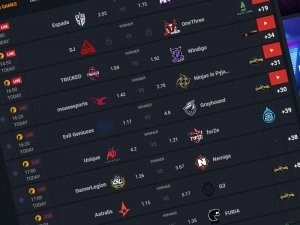


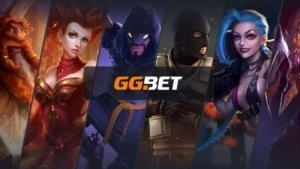






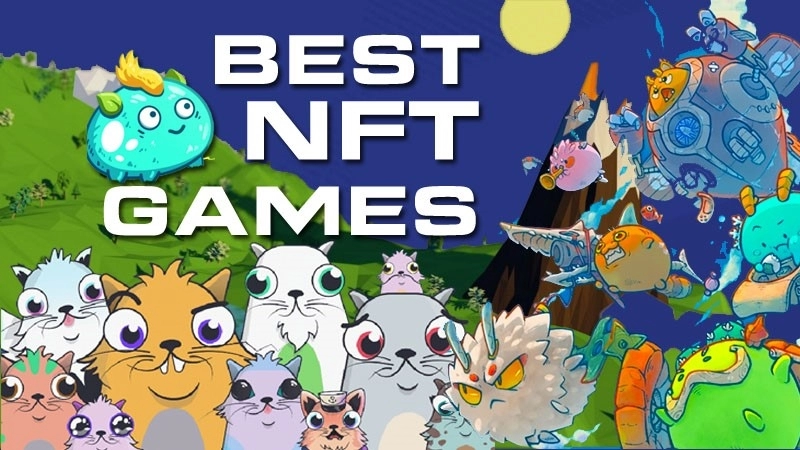

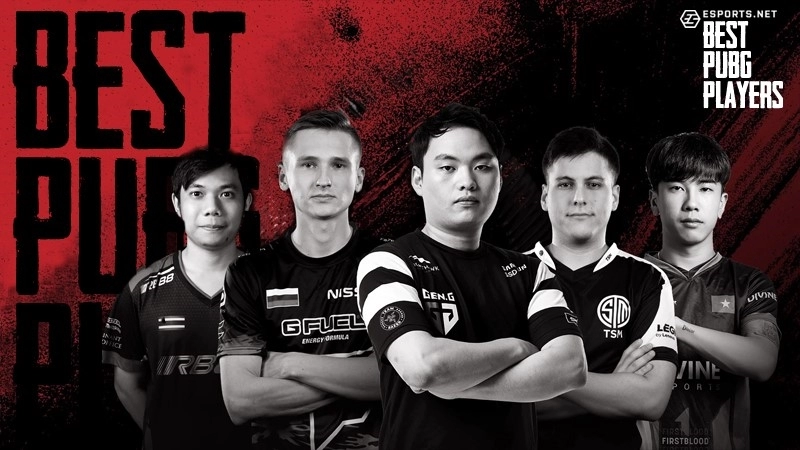
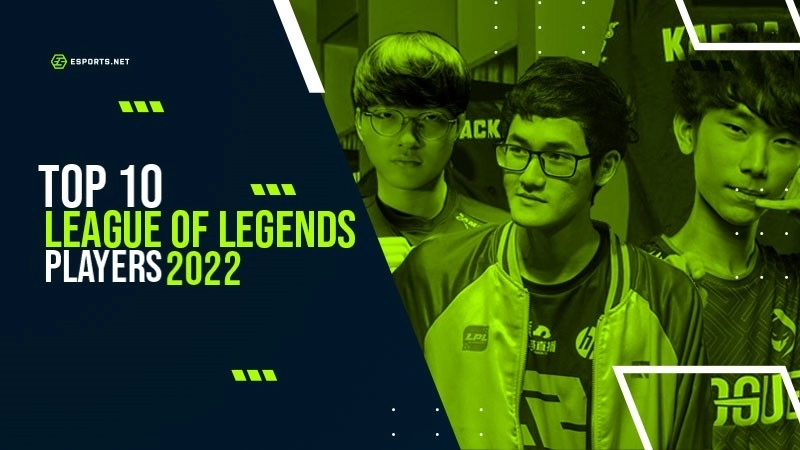

![CSGO Ranks » The CSGO Ranking System Explained [2023 Update]](/wp-content/uploads/2022/12/csgo-ranks-explained-2023-300x169.webp)


